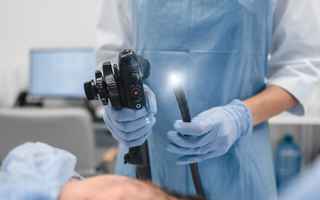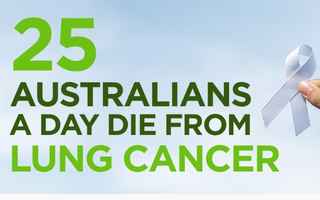One of the most common questions after a bronchoscopy is, “How soon can I eat?” After a medical procedure, it’s natural to want a return to normal, but it’s essential to know when it’s safe to enjoy your favorite meals again. Here’s what you need to know about post-bronchoscopy eating and why timing matters.
Why the Wait?
During a bronchoscopy, a local anesthetic is used to numb your throat, which makes the procedure comfortable and reduces discomfort. However, the numbing effect can temporarily dull the gag reflex, increasing the risk of choking or aspiration if you eat or drink too soon. Allowing your throat and reflexes time to “wake up” is crucial for safety.
How Long Should You Wait?
Typically, doctors recommend waiting 1 to 2 hours after a bronchoscopy before having any food or drinks. After that, you can start by sipping small amounts of water and gradually work your way up to soft foods.
Signs You’re Ready to Eat
Before diving into a meal, check these cues:
- No Numbness: Ensure the numbness in your throat has worn off completely.
- No Cough Reflex Suppression: Gently clear your throat to check if your gag reflex feels normal.
- Comfortable Swallowing: If swallowing feels easy and pain-free, you’re likely good to go.
What to Eat First?
After the wait, it’s best to start with light, soft foods like yogurt, soup, applesauce, or oatmeal. Avoid anything too hot, spicy, or acidic as your throat might still be a bit sensitive. Once you’re feeling back to normal, you can resume your regular diet.
Final Tips for a Comfortable Recovery
- Stay Hydrated: Keep sipping water to stay hydrated and soothe your throat.
- Avoid Alcohol and Caffeine: These can irritate your throat, so it’s best to skip them for at least 24 hours.
- Monitor for Side Effects: A mild sore throat or cough is normal, but if you notice persistent pain or difficulty breathing, reach out to your healthcare provider.
Eating after a bronchoscopy is something to look forward to, but remember that patience is key! Taking these small steps ensures a smooth recovery so you can get back to feeling your best.









